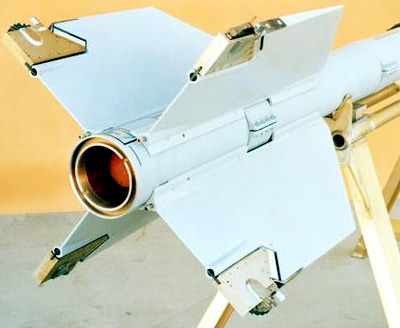Copyright 2018 Robert Clark
(patents pending)
In the blog post Pumping pressurized fluids to high altitude for the space tower and for fighting forest fires, Page 2: high volume, high head, single pump solution, I speculated on laminar flow to achieve kilometers-long water streams without using piping. And in the blog post Pumping pressurized fluids to high altitude for the space tower and for fighting forest fires, Page 3: achieving ultimate laminar flow, I proposed some methods of maximizing the laminar flow effect. However, in the absence of experimental or theoretical evidence we should remain doubtful that even laminar flows could achieve kilometer-long water streams without piping.
Then I'll propose an alternative solution to achieving the long-distance water flow. In the high volume, high head "mud pumps" discussed in the Page 2 blog post, the pumps necessarily had to have both high volume and high head because in their dredging, mining, drilling use they have to pump both mud and rocks in addition to just water.
The problem with sending water streams long distance is that the water streams will disperse into droplets due to air drag under the high speeds or pressures needed to send them the long distances. However, rocks certainly can be sent such long distances even acting under air drag. So the idea would be to have the water contained as some percentage within mud or rock. Depending on the relative proportion of the mud/rock to the water, the individual packets would be sufficiently cohesive to be sent the required distance.
Another possibility would be to send the water as frozen blocks or balls. There would be the question then of how to get the water rapidly frozen while being sent out at high pressure or speed. One possibility would be to first use snow making machines that can make snow using up to 107 gallons per minute of water. The water is sent out in the form of a fine mist so that it will rapidly freeze. You would also need a compartment of refrigerated air kept below freezing so that the water will rapidly freeze like in the Winter conditions on a ski slope:
The snow is made in the form of small ice crystals though. The snow/ice would then have to be compressed into balls or cubes so it would have longer range when then sent to the high pressure pumps.
Still another possibility is the water could be encased in a biodegradable plastic bag or shell before being sent to the high pressure pumps.
To minimize drag we might want to put the encased or frozen water into a tear drop shape. We might also want to give it fins and use spin stabilization for a straight-line flight kilometers long.
A gliding approach to long range.
To get even longer range, we could also shape the mud packs, ice packets, or plastic shells into aerodynamic lifting surfaces. Gliders for example can have lift/drag ratios in the range of 40 to 60.
The glide ratio which is the ratio of the horizontal length traveled divided by the vertical drop is equal to the lift/drag ratio.
So in the originally proposed scenario in this series of blog posts of using a high volume fireboat such as the Warner Lawrence, we could first send the high volume of 38,000 gallons per minute to 400 feet.
Then encasing the water into a gliding aerodynamic shape with a ca. 60 to 1 lift drag ratio, we could cover 24,000 feet horizontally as it fell 400 feet.
This would have the advantage in that you would not need to convert this high volume pumping capacity into lower volume, but higher head.
The disadvantage is the high lift/drag ratio shape of a sailplane would be highly subjected to winds.
So we likely would need some method of automated control surface maneuvering to ensure straight and true flight. One possibility might be the rolleron fins used on rockets:
A rolleron is a type of aileron used for rockets, placed at the trailing end of each fin, and used for passive stabilization against rotation.[1] Inherent to the rolleron is a metal wheel with notches along the circumference. On one side, the notches protrude into the airflow. During flight, this will spin the wheels up to a substantial speed. The wheels then act as gyroscopes. Any tendency of the rocket to rotate around its major axis will be counteracted by the rollerons: the gyroscopic precession acts to move the rolleron in the opposite direction to the rotation.[2]
Bob Clark









No comments:
Post a Comment